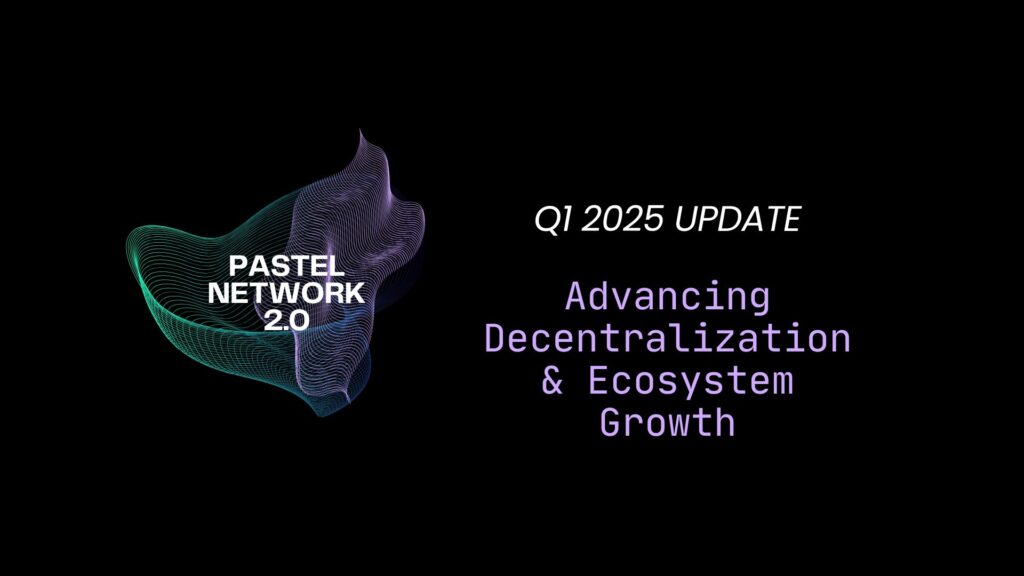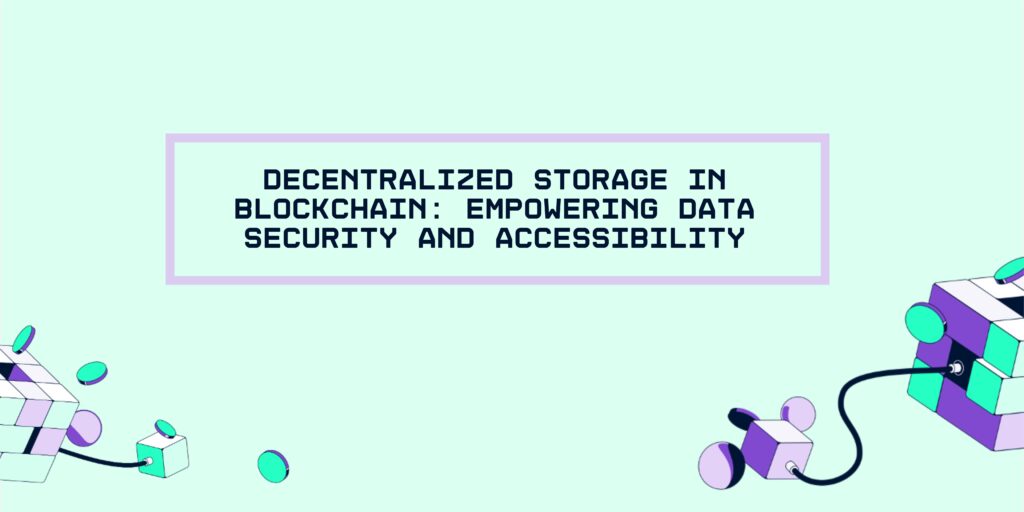As digital asset options continue to gain attention and acceptance from investors, traditional financial institutions may be considering adding digital assets to their offerings and/or portfolios. As with any other industry, “standing still†isn’t an option in the financial sector, and tapping into the potential of digital assets can help TradFi organizations tap into an enthusiastic and growing new customer base. Further, adding digital assets can diversify a traditional portfolio, offering a hedge against market downturns.
However, any upside achieved from being viewed as an innovative early adopter can quickly be erased if a TradFi institution isn’t thoroughly prepared for the unique opportunities, challenges and risks that come with digital assets. Below, 11 members of Cointelegraph Innovation Circle share essential things any TradFi organization must be prepared to do if it’s considering digital assets and why these steps shouldn’t be skipped.
Focus on robust risk management
One essential thing to remember is the need for robust risk management. Given the high volatility and unique regulatory environment of digital assets, TradFi institutions should have comprehensive risk assessment and management strategies in place. This includes understanding the technology behind these assets, their market behavior and potential legal implications. – Tomer Warschauer Nuni, Kryptomon
Understand how verification and approval works on the blockchain
With the possible exception of real world assets — like expensive watches, jewelry and other items that are attached to digital ownership tokens to verify ownership and its transfer — the concept of verification and approval is different with blockchains. In terms of record-keeping, the blockchain itself is the constantly updated and verified record. Every transaction is checked and recorded on the chain. – Zain Jaffer, Zain Ventures
Implement thorough cybersecurity protocols
Custody is an important factor to consider. The events of the last year prove that “not your keys, not your coins†is as relevant as ever. Since insured institutional crypto custodians can be costly (and defeat the purpose of the aforementioned mantra), an institution needs to do its due diligence on its own staff and have robust cybersecurity protocols in place, including firewalls, two-factor authentication, multisignature, phishing training and so on. – Timothy Enneking, Digital Capital Management
As digital asset options continue to gain attention and acceptance from investors, traditional financial institutions may be considering adding digital assets to their offerings and/or portfolios. As with any other industry, “standing still†isn’t an option in the financial sector, and tapping into the potential of digital assets can help TradFi organizations tap into an enthusiastic and growing new customer base. Further, adding digital assets can diversify a traditional portfolio, offering a hedge against market downturns.
However, any upside achieved from being viewed as an innovative early adopter can quickly be erased if a TradFi institution isn’t thoroughly prepared for the unique opportunities, challenges and risks that come with digital assets. Below, 11 members of Cointelegraph Innovation Circle share essential things any TradFi organization must be prepared to do if it’s considering digital assets and why these steps shouldn’t be skipped.
Focus on robust risk management
One essential thing to remember is the need for robust risk management. Given the high volatility and unique regulatory environment of digital assets, TradFi institutions should have comprehensive risk assessment and management strategies in place. This includes understanding the technology behind these assets, their market behavior and potential legal implications. – Tomer Warschauer Nuni, Kryptomon
Understand how verification and approval works on the blockchain
With the possible exception of real world assets — like expensive watches, jewelry and other items that are attached to digital ownership tokens to verify ownership and its transfer — the concept of verification and approval is different with blockchains. In terms of record-keeping, the blockchain itself is the constantly updated and verified record. Every transaction is checked and recorded on the chain. – Zain Jaffer, Zain Ventures
Implement thorough cybersecurity protocols
Custody is an important factor to consider. The events of the last year prove that “not your keys, not your coins†is as relevant as ever. Since insured institutional crypto custodians can be costly (and defeat the purpose of the aforementioned mantra), an institution needs to do its due diligence on its own staff and have robust cybersecurity protocols in place, including firewalls, two-factor authentication, multisignature, phishing training and so on. – Timothy Enneking, Digital Capital Management







